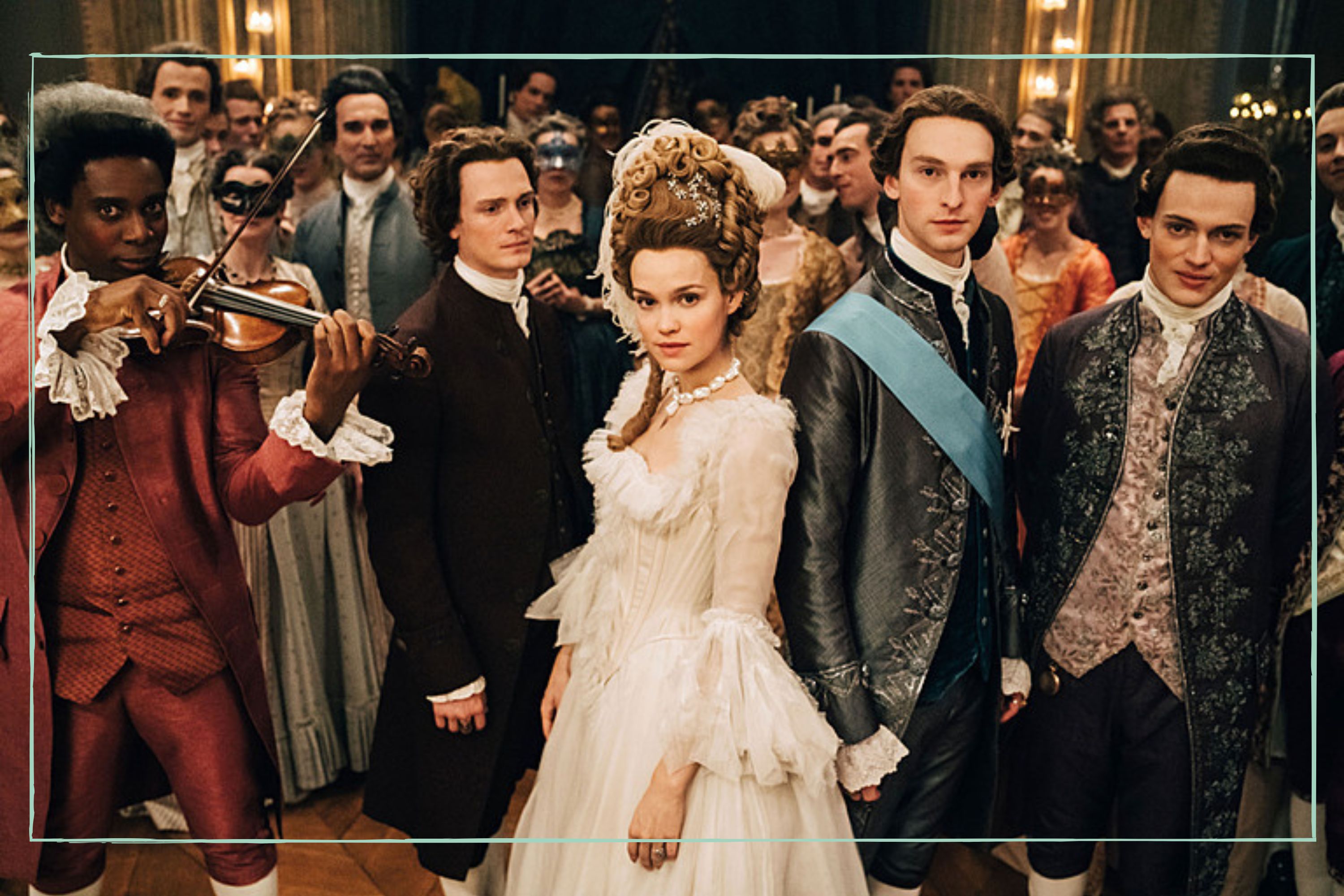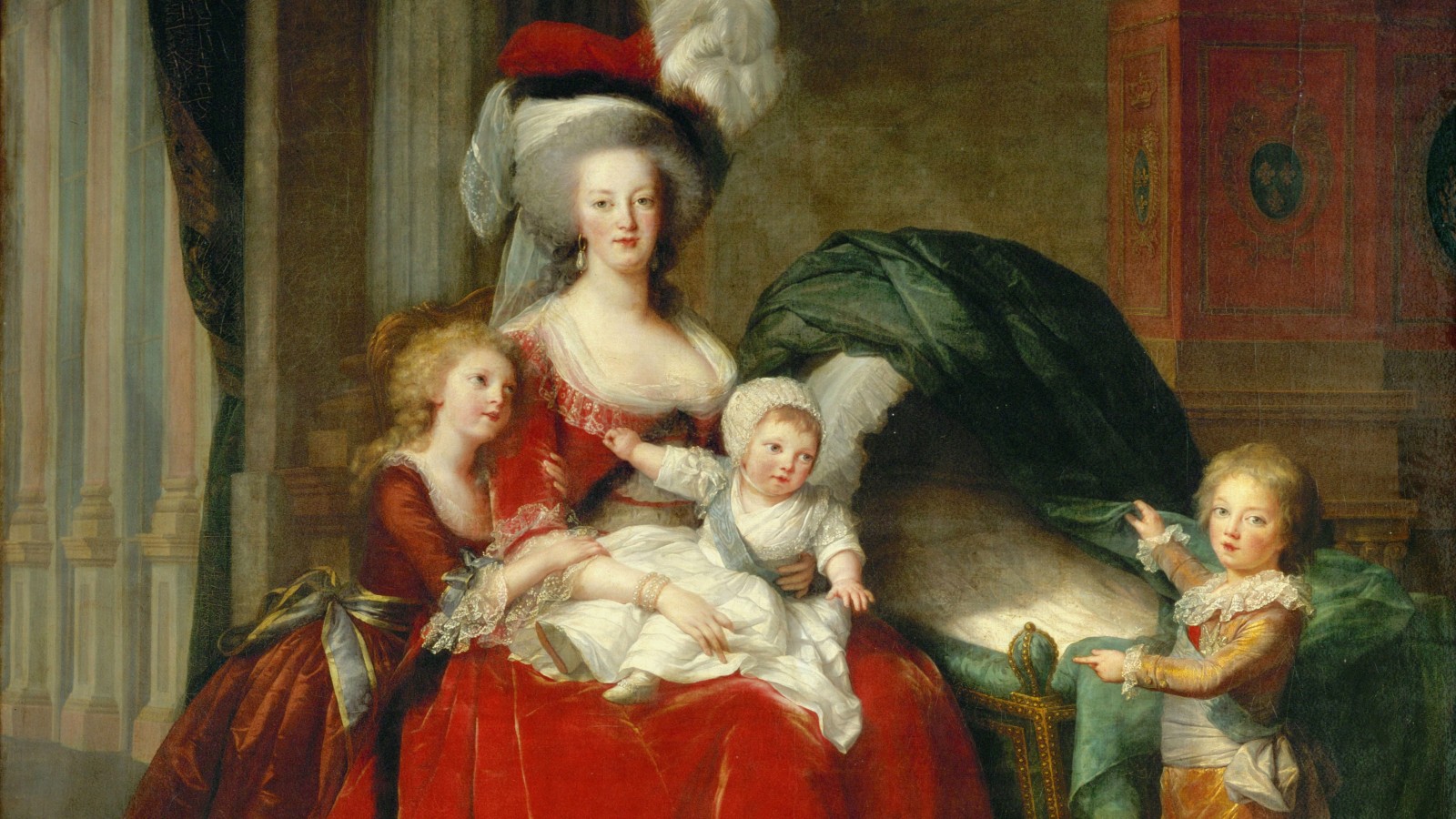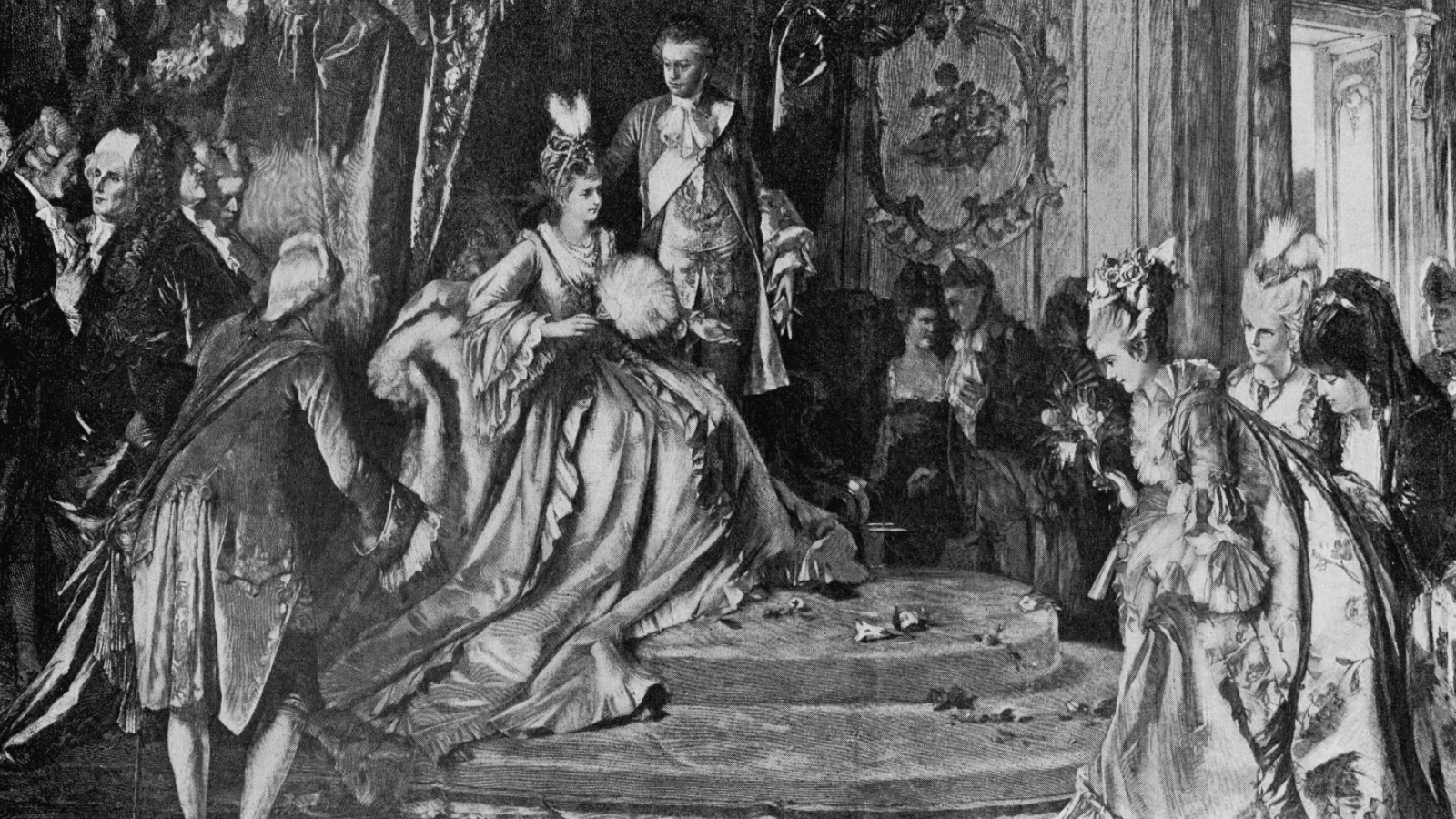What happened to Marie Antoinette and why is she so famous? Marie Antoinette series explained
All you need to know ahead of the new BBC 2 historical drama series


A new drama about the rebellious French Queen Marie Antoinette is coming to BBC 2 in a series and fans are asking what happened to Marie Antoinette and why is she so famous?
The writer of The Favourite, Deborah Davis, has penned and executive produced this eight-part series that stars Emilia Schüle in the leading role, alongside James Purefoy, Louis Cunningham, Jack Archer, Jasmine Blackborow and Gaïa Weiss.
It follows Marie Antoinette’s arrival at Versailles as she endeavours to stamp her vision on the French Court, with Marie Antoinette filmed at some real Castles and estates the woman herself would have lived.
Directed by Pete Travis (Cold Feet, Bloodlands, Endgame) and Geoffrey Enthoven (Come as You Are) get caught up in this historic tale along with the fabulous costumes created by award-winning Madeline Fontaine (Jackie) and Marie Frémont.
As we look at all you need to know about Marie Antoinette....
What happened to Marie Antoinette?
If you're wondering what happened to Marie Antoinette, she was guillotined in 1793 at the age of 37 after the Revolutionary Tribunal found her guilty of crimes against the state. The royal family had been compelled to leave Versailles in 1789 and live in captivity in Paris. She lost custody of her young son, who was forced to accuse her of sexual abuse and incest before a Revolutionary tribunal. In October, she was convicted of treason and sent to the guillotine.
And to give the story context, when she was just 14 when Marie Antoinette (played by Emilia Schüle), was forced to leave Austria to marry the heir of the French throne Louis-Auguste, Duke of Berry and Dauphin of France (played by Louis Cunningham) by proxy - a wedding that takes place without the presence of at least one of the two individuals - on 19th April 1770.
Parenting advice, hot topics, best buys and family finance tips delivered straight to your inbox.
Four years later, the death of Louis XV from smallpox lead to Marie Antoinette’s husband, the dauphin, becoming Louis XVI, king of France.
She had to produce an heir to secure the alliance between France and Austria, and together they had four children - Marie Thérèse Charlotte was born first in 1778 and survived the revolution, living until 1851. Their first son, Louis Xavier, the dauphin (heir to the throne) was born in 1781 but he was a sickly child who died in 1789. The queen’s second son, Louis Joseph, was born but he later died in the Temple prison in 1795, possibly of tuberculosis. They had two other children Louis Charles, and Sophie Hélène Béatrice.

But in 1785 Marie Antoinette's reputation took a bashing as she was falsely accused of acquiring an expensive diamond necklace that she then refused to pay for - and this was referred to as the "Diamond necklace affair". Marie got caught up in the scheme to obtain a necklace worth 1.6 million livres, Jeanne de la Motte persuaded an out-of-favour cardinal to procure it and arrange payment on behalf of ‘the Queen’, with her as go-between.
By the time the fraud was exposed, it had been broken up and sold. The trial declared La Motte guilty, casting doubt on the Queen and cementing her reputation as deceitful and extravagant.
Four years later, and following the outbreak of the French Revolution in the spring of 1789, the royal family is forcibly removed to Paris where they lived in the Tuileries Palace.
During their attempt to flee the capital in 1791, the royal family are intercepted at the town of Varennes-en-Argonne and returned to Paris and a year later the monarchy is abolished.
On 16 October 1793 Marie Antoinette, the deposed queen, is executed on the Place de la Concorde in Paris after a shambolic summary trial. Her head fell and it was shown to the crowd that had gathered to watch the execution. They are said to have responded by crying: "Vive la République!" Shortly after her death, her body was hurled into an unmarked grave in the cemetery of L'église de la Madeleine in Paris.
The bodies of both Louis XVI and Marie were discovered during the restoration of the monarchy in France in the early 19th century. Their remains were properly reburied at the Basilica of St Denis on 21 January 1815.
This new BBC2 drama explores how this free spirit reacts to Versailles with its ridiculous rules of etiquette? Embodying a sense of personal freedom, individuality and self-determination beyond her times, Marie Antoinette morphs into a teenage rebel determined to rebuild the dark and manipulative world of Versailles in her own image.
Why is Marie Antoinette so famous?
Marie Antoinette is so famous because she was overthrown by revolutionaries and publicly guillotined following the abolition of the monarchy in France.
And if you're wondering what Marie was accused of, historical author Emily Brand said, "She was held responsible for the deaths of 'thousands of French-men', accused of manipulating her husband, and incest with her son. She met their claims calmly, but there was little hope for a reprieve."

Marie Antoinette series release date
The new Marie Antoinette series is due to air on BBC 2 and the iPlayer on December 29th, 2022 at 9pm with all episodes available immediately on BBC iPlayer from the same date.
Related BBC Features:
- Strike: Troubled Blood
- SAS Rogue Heroes season 2
- Strictly Christmas Special 2022 line up
- The Pact season 2
- The English - where is it filmed?
Video of the week

Selina is a Senior Family Writer for GoodtoKnow and has more than 16 years years of experience. She specialises in royal family news, including the latest activities of Prince George, Charlotte, Louis, Archie and Lilibet. She also covers the latest government, health and charity advice for families. Selina graduated from the University of Sheffield in 2006 with a degree in Journalism, and gained her NCTJ and NCE qualifications. During her career, she’s also written for Woman, Woman's Own, Woman&Home, and Woman's Weekly as well as Heat magazine, Bang Showbiz - and the Scunthorpe Telegraph. When she's not covering family news, you can find her exploring new countryside walking routes, catching up with friends over good food, or making memories (including award-winning scarecrows!)